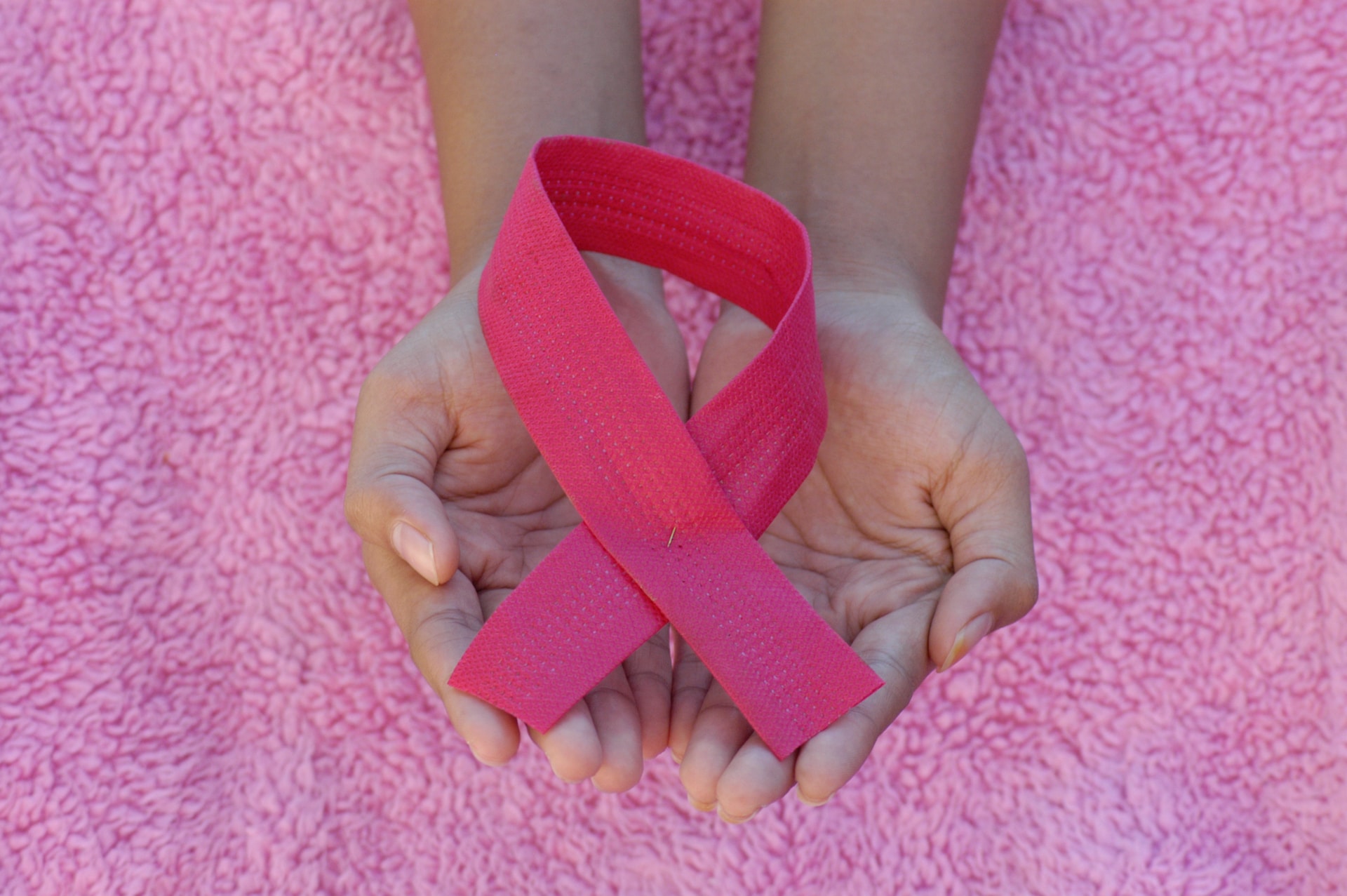September is Childhood Cancer Awareness Month, a time to raise awareness and funds for the fight against childhood cancer. Childhood cancer is a global challenge that affects millions of children and their families every year. It is the leading cause of death by disease for children in many countries. However, there is hope and progress in the field of childhood cancer research and treatment. You can help in the fight against childhood cancer by learning more about it, supporting those affected by it, donating to it, advocating for it, participating in it, celebrating it, or honoring it.
What is childhood cancer and how does it affect children?
Childhood cancer is a term that refers to a group of cancers that affect children and adolescents under the age of 19. There are more than 100 types of childhood cancers, each with different causes, symptoms, and treatments. The most common types of childhood cancers are:
- Leukemias: cancers of the blood and bone marrow (30% of childhood cancers)
- Brain tumors: cancers of the brain and central nervous system (20% of childhood cancers)
- Lymphomas: cancers of the lymphatic system (10% of childhood cancers)
- Solid tumors: cancers of other organs or tissues, such as neuroblastoma, Wilms tumor, osteosarcoma, Ewing sarcoma, rhabdomyosarcoma, retinoblastoma, and hepatoblastoma
Unlike adult cancers, most childhood cancers are not linked to environmental or lifestyle factors. The exact causes of most childhood cancers are unknown, but some may be related to genetic mutations, infections, or exposure to radiation or chemicals.
Childhood cancer affects children in many ways. It can cause physical pain and discomfort, emotional distress and trauma, learning difficulties, and developmental delays, growth problems and organ damage, infertility, and secondary cancers. It can also affect their families financially, socially, and psychologically.
How is childhood cancer diagnosed and treated?
The diagnosis and treatment of childhood cancer depends on the type and stage of the cancer, as well as the age and overall health of the child. The diagnosis usually involves a physical exam, blood tests, imaging tests (such as X-rays, ultrasound, CT scan, MRI, or PET scan), and biopsy (taking a sample of tissue for microscopic examination). The treatment may include one or more of the following:
| Treatment | Description |
|---|---|
| Surgery | Removing part or all of the tumor |
| Chemotherapy | Using drugs to kill cancer cells or stop them from growing |
| Radiation therapy | Using high-energy rays to destroy cancer cells or shrink tumors |
| Immunotherapy | Using substances that stimulate the immune system to fight cancer cells |
| Targeted therapy | Using drugs that target specific genes or proteins that are involved in cancer growth |
| Stem cell transplant | Replacing damaged bone marrow with healthy stem cells from a donor |
| Clinical trials | Testing new drugs or procedures that are not yet approved for general use |
The treatment of childhood cancer can be very effective in curing many types of cancers. However, it can also cause serious side effects and long-term complications.
What are the challenges and opportunities in childhood cancer care?
Despite the advances in childhood cancer research and treatment in recent decades, there are still many challenges and gaps in childhood cancer care around the world. Some of these challenges include:
- Lack of awareness: many people are unaware of the signs and symptoms of childhood cancer, leading to late diagnosis and poor outcomes.
- Lack of access: many children with cancer do not have access to adequate diagnosis and treatment facilities, especially in low- and middle-income countries (LMICs), where more than 80% of children with cancer live.
- Lack of resources: many health systems do not have enough trained staff, equipment, drugs, or funding to provide quality care for children with cancer.
- Lack of data: many countries do not have reliable data on the incidence, survival, and mortality of childhood cancer, making it difficult to monitor and evaluate the impact of interventions.
- Lack of research: many childhood cancers are rare and poorly understood, limiting the development of new and better treatments.
However, there are also many opportunities and initiatives to improve childhood cancer care and outcomes around the world. Some of these opportunities include:
- Raising awareness: increasing public and professional awareness of Childhood Cancer Awareness Month through campaigns, education, and advocacy.
- Improving access: expanding access to diagnosis and treatment services for children with cancer during Childhood Cancer Awareness Month, especially in LMICs, through partnerships, networks, and telemedicine.
- Mobilizing resources: increasing resources for Childhood Cancer Awareness Month through fundraising, donations, and policy changes.
- Strengthening data: improving data collection and analysis on Childhood Cancer Awareness Month through registries, surveillance, and research.
- Advancing research: conducting more research on the causes, prevention, diagnosis, treatment, and survivorship of Childhood Cancer Awareness Month through collaboration, innovation, and clinical trials.
How can you help in the fight against childhood cancer?
There are many ways that you can help in the fight against childhood cancer during Childhood Cancer Awareness Month, whether you are a parent, a caregiver, a survivor, a health professional, a researcher, a donor, or a supporter. Here are some examples of how you can get involved:
- Learn more about Childhood Cancer Awareness Month and share your knowledge with others
- Recognize the signs and symptoms of childhood cancer and seek medical attention if you notice them in your child or someone else’s child
- Support a child with cancer or their family by offering emotional, practical, or financial assistance
- Volunteer for a Childhood Cancer Awareness Month organization or hospital by providing services, skills, or time
- Donate to a Childhood Cancer Awareness Month organization or hospital by giving money, goods, or blood
- Advocate for Childhood Cancer Awareness Month issues by contacting your representatives, signing petitions, or joining campaigns
- Participate in a Childhood Cancer Awareness Month event or activity by attending, organizing, or sponsoring
- Celebrate a child with cancer or their family by sending cards, gifts, or messages
- Honor a child with cancer or their memory by creating a tribute, memorial, or legacy
Conclusion
Childhood Cancer Awareness Month is an opportunity to raise awareness and funds for the fight against childhood cancer. Childhood cancer is a global challenge that affects millions of children and their families every year. However, there is hope and progress in the field of childhood cancer research and treatment. You can help in the fight against childhood cancer during Childhood Cancer Awareness Month by learning more about it, supporting those affected by it, donating to it, advocating for it, participating in it, celebrating it, or honoring it. Together, we can make a difference in the lives of children with cancer and their families.





